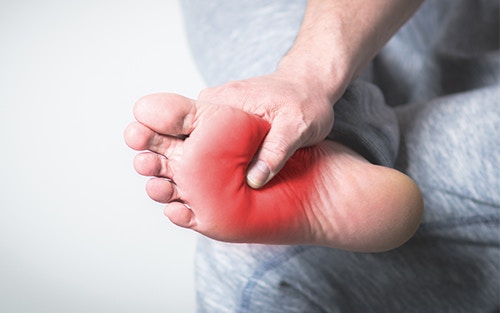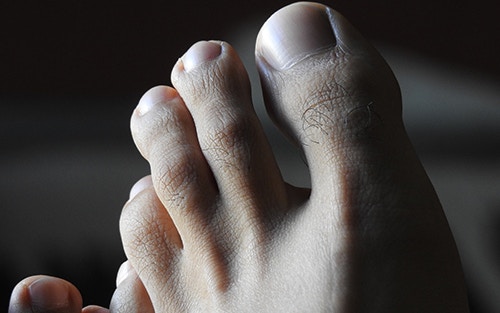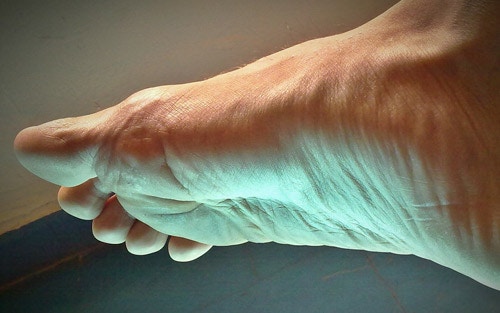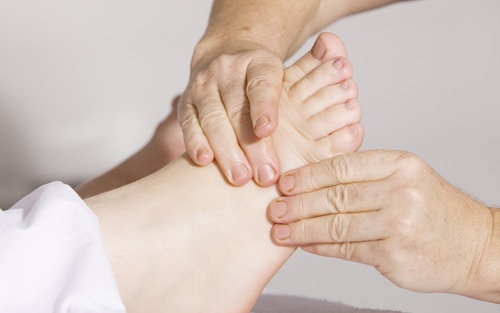Pain in the Arch of the Foot Explained
Is pain in the arch of your foot making daily activities difficult? This guide explains the causes and offers practical solutions to help you find relief and get back on your feet. Key Takeaways Healthy foot arches are essential for overall foot health, providing support, balance, and shock absorption to prevent pain and complications. Typical … Read More




